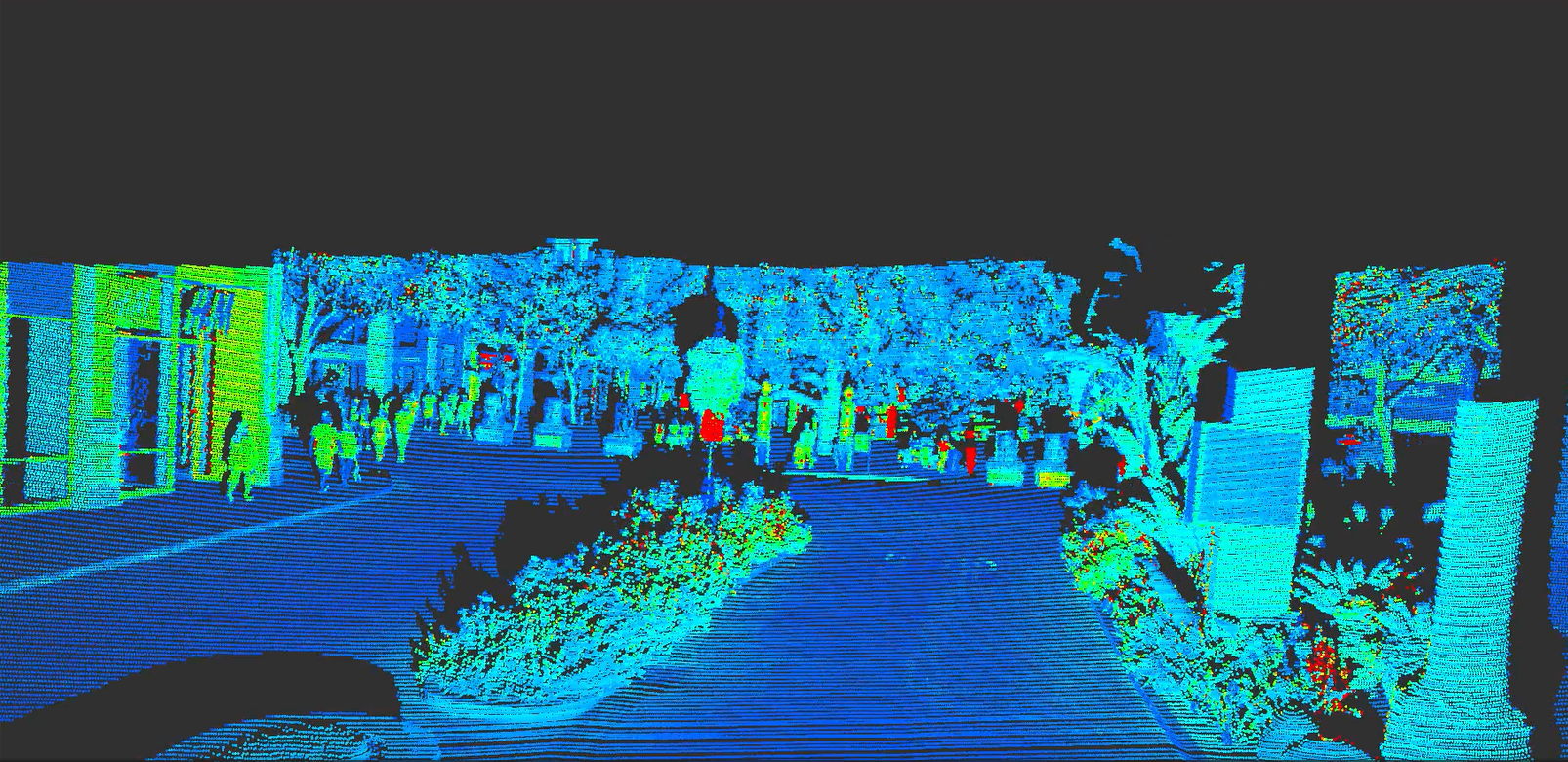By Shahab Khokhar
The last few years have seen a mass adoption of LiDAR across many fields. LiDAR is being deployed across a variety of industries including robotics, intelligent transportation, automotive and infrastructure.
LiDAR adoption in security applications is rapidly increasing due to LiDAR’s distinct advantages to security. Recently, these LiDAR advantages have been amplified by directional LiDAR.
In this two-part blog, we discuss the reasons why a directional LiDAR-based security system performs better than a rotational LiDAR-based system. Part 1 focuses on the general characteristics of directional LiDAR and how it benefits security applications and Part 2 talks about how directional LiDAR helps reduce false alarms.
Directional LiDAR: The Better Choice for Security Applications
There are several reasons why a directional LiDAR-based security system performs better than a rotational LiDAR:
1. Precision and Stability
One of the primary advantages of directional LiDAR is its resolution. Unlike rotating LiDAR, which relies on spinning to collect data, directional LiDAR focuses on specific, predefined areas.
This targeted approach allows for higher resolution in detection, which is essential for identifying minor movements or small objects that rotating systems might miss.
In security settings, where every detail can be critical, having a sensor that provides consistent and precise data is a notable benefit.
Our partner, Clearpath Robotics, shows how the directional Robin W produces a more dense and accurate point cloud with a longer range compared to a typical rotational LiDAR.
2. Faster System Response Times
In security applications, time is of the essence — the faster the system can detect a potential threat, the quicker the response can be. Directional LiDAR can rapidly scan and re-scan specific areas with higher resolution, providing much more clear updates. This is invaluable for real-time threat assessment and response, ensuring that security teams are always a step ahead.
3. Reliability
Certain directional LiDAR like the ones from Seyond is intentionally developed for automotive application and goes through automotive qualification process which translates to enhanced durability and lower maintenance requirements. This reliability is particularly important in outdoor or harsh environments where continuous operation is paramount and frequent maintenance is impractical. On the other side, the rotating LiDAR can be prone to wear and tear due to weaker quality control process because the rotational lidar’s volume is 10 to 100 times smaller than auto grade directional lidar, therefore the reliability tests are much limited. Meanwhile, the rotational lidar needs much larger motors to handle the heavier load, which makes it more expensive and more challenging to be made reliable. All these drawbacks leading to potential system downtimes and increased maintenance costs.
4. Enhanced Coverage and Customizability
Directional LiDAR offers greater flexibility in customizing security coverage. While rotating LiDAR provides a full 360-degree view, this can sometimes result in inefficient data collection, capturing unnecessary or irrelevant information. Directional LiDAR can be strategically positioned and programmed to focus on vulnerable or high-priority areas, ensuring the security system is efficient and effective. This targeted approach optimizes data collection and reduces the computational load and storage requirements needed to process and analyze the data.
5. Integration and Scalability
In modern security ecosystems, the ability to integrate various technologies to work together seamlessly is crucial. Directional LiDAR is easily integrated into existing security infrastructures, including advanced video analytics and access control systems, enhancing their overall effectiveness because the matching fields of view between them. Additionally, as security needs evolve, directional LiDAR systems can be scaled or reconfigured with minimal disruption, offering long-term adaptability and future-proofing investments in security technology.
Conclusion: Directional LiDAR – A Clearer Path for Security
The choice between directional and rotating LiDAR for security applications is clear — directional LiDAR offers precision, speed, reliability, and flexibility that meets the demands of modern security challenges. By choosing directional LiDAR, security professionals can ensure comprehensive coverage and rapid response, enhancing their ability to protect people and assets. As LiDAR technology continues to advance, we can expect even more innovative solutions that build on these strengths, further solidifying the role of directional LiDAR in the future of security.
Investing in these cutting-edge sensors not only future-proofs security operations but also provides peace of mind through superior reliability and performance.
Stay tuned for Part 2: How Directional LiDAR Helps Reduce False Alarms!
To learn more about Seyond’s directional sensors, contact us HERE.

